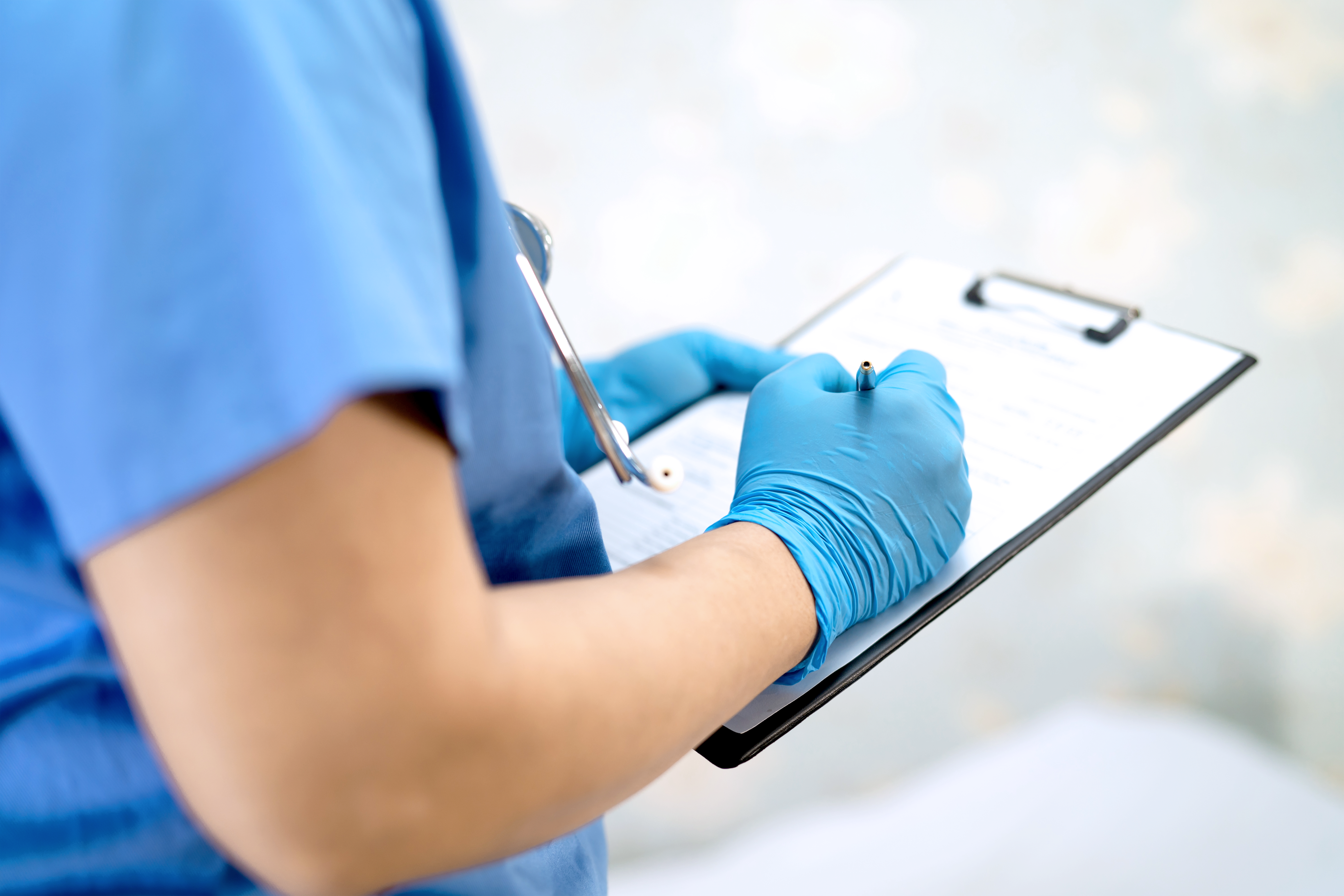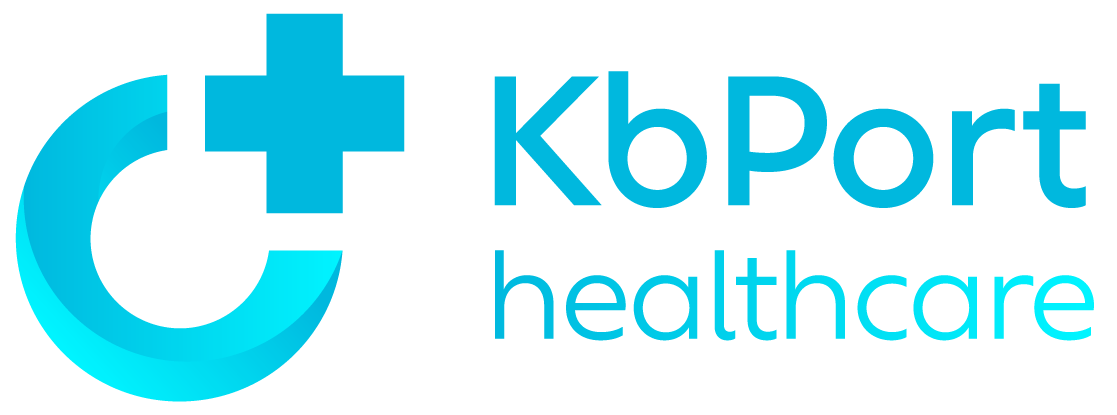Your Must-Have Crash Cart And Supply Checklist

General Configuration of a Crash Cart
The specific organization of crash carts varies depending on the needs of the particular healthcare facility, but some items are generally included.
Most crash carts will have four drawers for medication, intubation supplies, IV lines, and kits, but some other details are also standard. Typically, power sources are kept in the carts to power any medical devices, and each cart normally has a built-in light.
In addition, many crash carts are now equipped with technology that allows them to be easily connected to a central monitoring system. This allows for real-time tracking of the patient’s vital signs and provides the healthcare team with critical information in an emergency.
Drawer Management
A well-organized crash cart is essential for providing life-saving care in an emergency. Each drawer on crash carts should be clearly labeled and stocked with the supplies needed for that particular stage of treatment.
The contents of each drawer vary depending on the type of caregiving facility and emergency department. For instance, the medication found in an adult crash cart is not the same as that in a pediatric crash cart.
By keeping the supplies, especially any emergency medication, neatly organized and clearly labeled, medical staff can quickly find the items they need in a crisis.
Staying neatly organized involves regular checks to ensure the cart has not run low on supplies and that supplies are in the proper place so they can be easily located in an emergency.
What is in a Crash Cart? Top Priority Equipment
The term “top priority” refers to critical life-saving equipment that your personnel is likely to use first, requiring they have immediate and obstructed access to it.
This equipment should be part of every crash cart checklist, regardless of the facility like hospitals, intensive care, clinics, nursing homes, and assisted living facilities. All equipment on your list should be used by ACLS-trained staff members, preferably with an AHA ACLS certification. Some essential equipment to store on your crash cart include:
Cardiac Monitor and Portable Defibrillator
One of the most critical things nurses must know when responding to an emergency code is the patient’s cardiac and respiratory status.
Having a heart rate monitor and a defibrillator at the ready allows your personnel to respond to a life-threatening heart rhythm like arrhythmia or cardiac arrest as quickly and effectively as possible, even when away from the patient’s room or outside the facility.
Studies demonstrate the effectiveness of widespread, publicly accessible defibrillators, indicating they increase the chances of surviving an out-of-hospital cardiac arrest (OHCA).
Portable Suction Machine
A portable suction machine (also known as an aspirator) is necessary if the emergency occurs outside a patient’s room or if the in-wall suction is unavailable for any reason.
The function of this machine is to clear the patient’s airways of foreign objects or bodily fluids like blood, vomit, and mucus or to prepare them for intubation.
When not in use, portable suction aspirators should remain fully charged. All suction catheters and peripheral tubing require regular cleaning and disinfecting to ensure readiness and adherence to infection control procedures.
Airway equipment
Airway equipment should be a part of every crash cart’s required items checklist. Your cart should carry the following:
- Oxygen and a bag-valve mask
- Nasal cannulas
- Intubation equipment, including endotracheal tubes of various sizes, laryngoscopes, catheters, stylets, and carbon dioxide detectors
- Magill forceps
- Oxygen tank
IV equipment
Reserve two different drawers for your IV equipment. The first IV drawer should contain IV starting and blood drawing equipment, such as:
- Tourniquets
- Tape
- Alcohol wipes
- Angiocaths of various sizes
- Collection tubes
- Butterflies
The second IV drawer should contain tubing and fluids, including:
- Dextrose solution (50% for adults, 25% for pediatrics)
- Sodium chloride
- Normal and half-normal saline solution
- Lactated ringers
- Extension tubing
Recommended Medications
Your crash cart checklist of medications may vary depending on your healthcare facility’s type.
A typical crash cart medication checklist contains the following:
- Epinephrine (0.3 mg for adults, 0.15 mg for pediatrics)
- Adenosine
- Amiodarone
- Aspirin
- Atropine sulfate
- Benadryl
- Calcium
- Dopamine
- Lidocaine
- Naloxone (for coding patients following a drug overdose)
- Nitroglycerin spray
- Povidone
- Sterile water for injections in various sizes (10 ml, 20 ml, 50 ml)
What is in a Crash Cart? Recommended Additional Equipment
Typically, the bottom drawer of the cart contains miscellaneous and extra equipment that doesn’t fit in any other categories, such as procedure trays. The contents of this drawer vary between facilities.
Your crash cart’s miscellaneous medical equipment selection may include any of the following:
- Central line dressing trays
- Eye trays
- Foley trays
- Spinal needles
- Bone marrow needles
- Lactate solution
- Gauze
- Line insertion trays
- Minor and significant extremity packs
- Suture removal
- Tracheostomy trays
- UGPIV kits
- Urine meter trays
- Lumbar puncture kit
- Pulse Oximeter
- Saline flush syringes
Crash Cart Care and Maintenance
One of the nightmare scenarios for healthcare personnel in need of a crash cart is to find unusable equipment or expired medication. Preventing these situations with a regular, thorough maintenance routine is vital.
- Check the expiration dates on your medication and your defib pads monthly. Remove and replace expired meds and defib pads from the crash cart during the monthly checkup.
- Safely dispose of all expired medication, ensuring they are not rotated into the hospital’s inventory.
- Keep all equipment that requires power (defibrillator, monitor, etc.) fully charged.
KbPort Heathcare Equipment is at the Core of Quality Healthcare
KbPort Healthcare’s mission is to provide healthcare facilities and professionals with the most dependable medical carts on the market. We offer standardized point-of-care mobile carts, retrofitted products, and fully custom solutions, catering to facilities of all sizes, budgets, and needs. Contact us today for any requests regarding our mobile carts or power system.
All our products are also compatible with our state-of-the-art, hot-swappable power technology, allowing you to keep your equipment running for a complete shift.
OPENING HOURS
| Week Days – TX |
8:00 – 4:30 CT |
| Week Days – PA |
8:00 – 4:30 EST |
